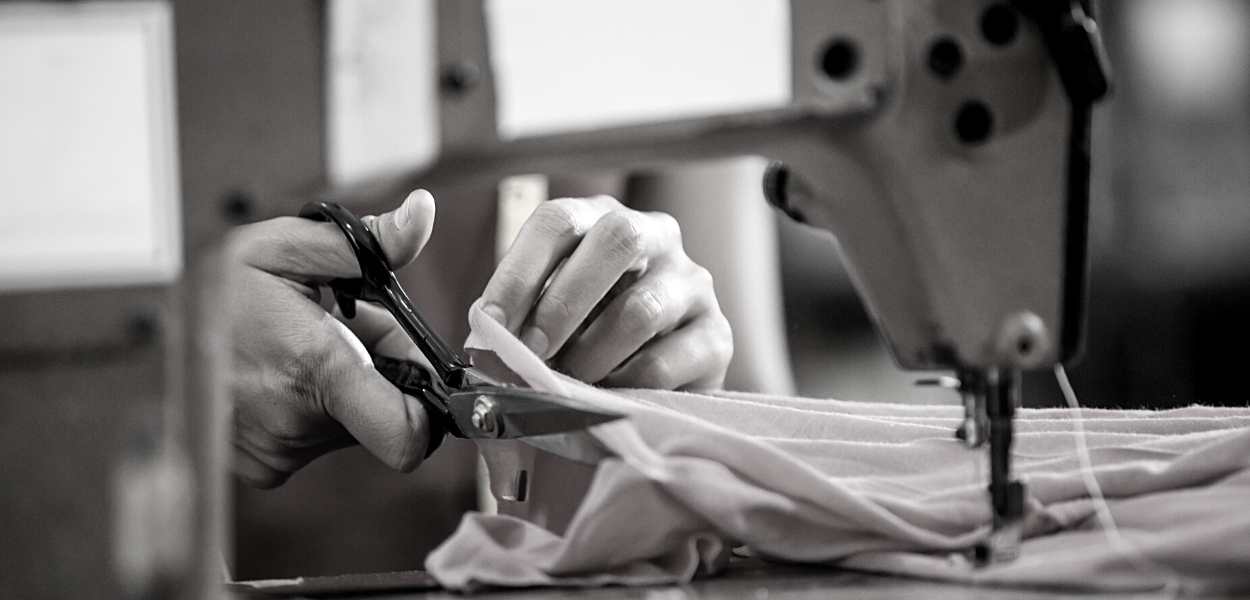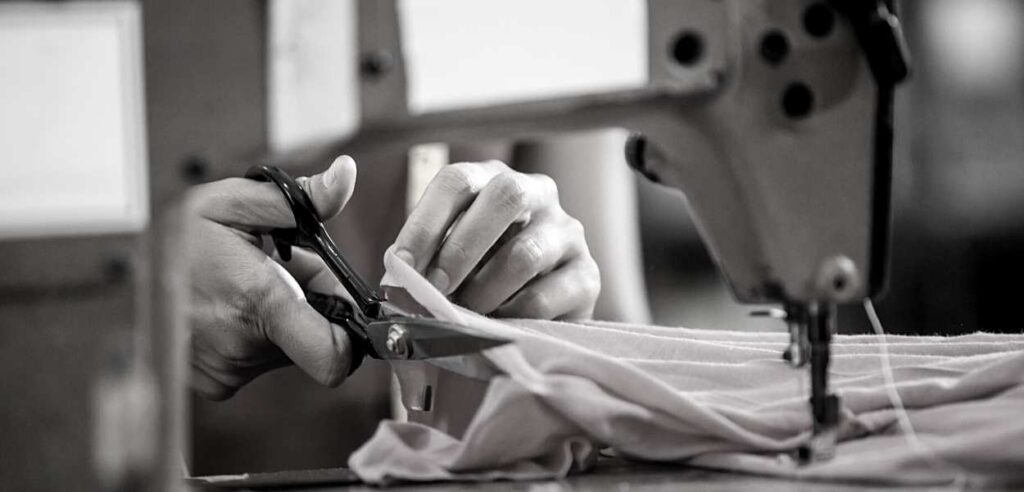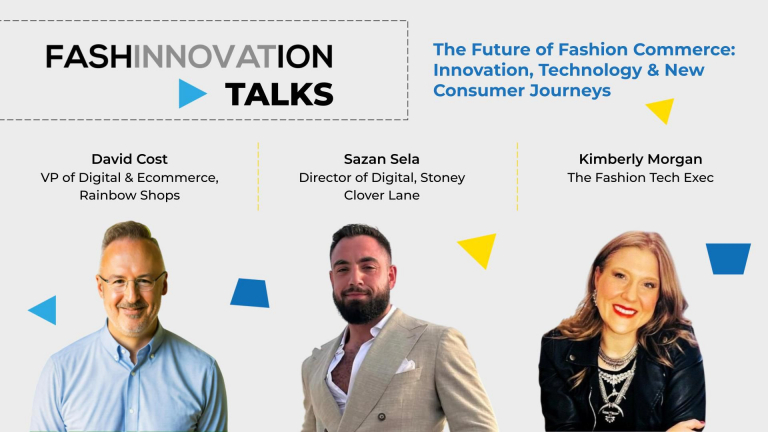Fashinnovation searching how the Industrial Revolution came to be a milestone in producing items in general. And, of course, the fashion industry was part of this group.
From that moment on, machines took over the work previously done exclusively by humans. Production became faster, cheaper and more industrialized. Clothing made by artisans had, in some places, taken on a new meaning. And, if we leave sustainability issues aside, we understand that from that moment on, there was certain democratization of trends and clothing – even if at a slow pace.
Next, let’s understand the importance of this change in the means of production for fashion and clothing.
Historical Background of the Industrial Revolution
Historians of the Industrial Revolution usually establish its beginning with the advent of automatic machine weaving in Great Britain. That took place between the 1750s and 1800s.
With the Industrial Revolution, fashion became part of a system. After all, it was from there that the industry could sustain itself and feed itself, technically and financially. Furthermore, it began to be capable of expanding, imposing competition and emulation in the innovation field.
With the emergence of large factories, the demand for fabrics and garments grows. However, it started to ruin the sale of small artisans in a certain way. Thus, their work began to gain a new connotation over time, but simultaneously with a decrease in the sales number.
The industrial age of the late 19th century benefited the textile sphere. Chemical machines and fertilizers increased agricultural production. In addition to it, the appearance of the sewing machine patented in 1851 by Isaac Singer, made possible a significant outfit elaboration.
The creation of clothes, free from the rules previously established by the court, begins to establish itself. Thus, it became integral to the bourgeois hegemony and at the hands of French couturiers in the mid-19th century.
From that moment on, a lot began to change.
The beginning of Couture
If the mass production of clothes arrived with the industrial revolution, so did the appreciation of hand-maid work.
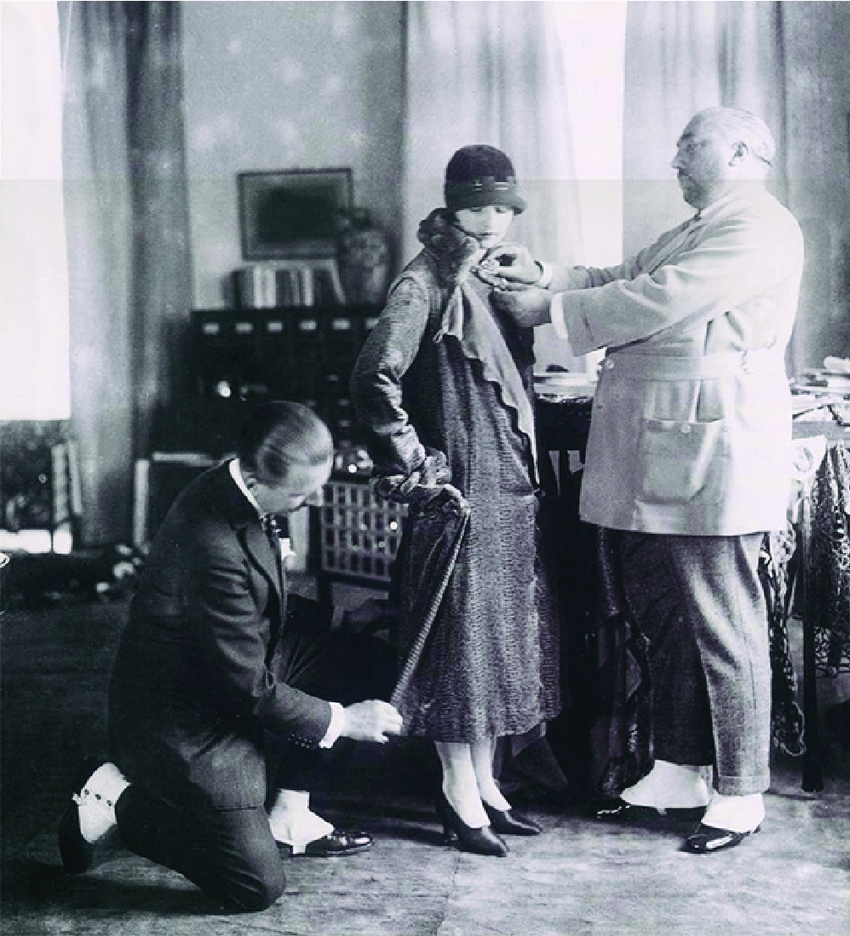
Charles Frederick Worth created the concept of presenting his unpublished creations to clients. Therefore, they could choose the models of their preference, which he would do custom-made. He, who’s known for being the “Father of Haute Couture”, signed his creations – a fact that had not happened until then. In addition to it, he proposed the seasonal launch of drops, which encouraged greater fashion consumption.
In addition, he sought to present his creations to his clients, in real women-with bodies similar to hers-who, in addition to parading for them, served as proof models. Thus, the future mannequins emerged, which at the time, Worth called “doubles”.
The moment this dissociation took place, the industry started to disguise atelier sewing and clothing making. The first one dresses people according to measure, seeking to emphasize luxury and refinement, in addition to exalting creativity. The second, on the other hand, focuses on “the whole”, a way of democratization that we mentioned before. In addition, it is standardized in order to become more competitive and marketable.
The changes that the industrial revolution brought to fashion don’t stop here. In fact, the list is quite extensive, especially when we take into account the social reflections in fashion.
Therefore, we prepared a list of the 3 main changes that the industrial revolution brought. Keep reading to learn!
Industrial Revolution & The Fashion Industry: 3 reasons to better understand this connection
1. Machines That Facilitate The Clothing Production Process
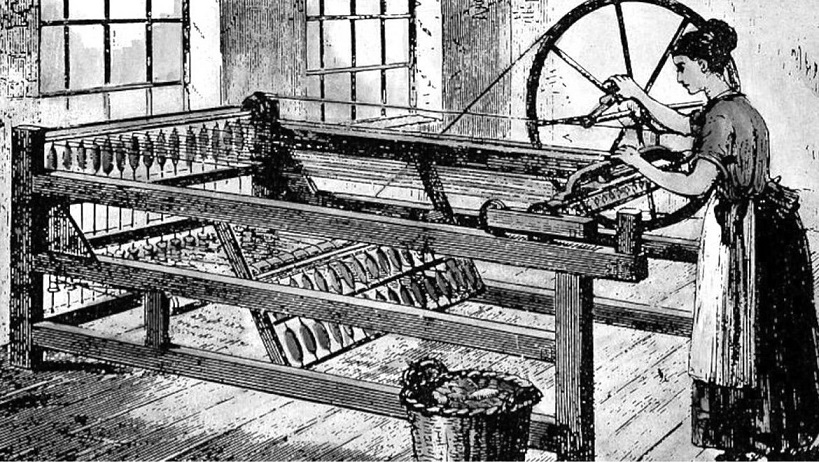
In context, before the Industrial Revolution, workers used to do clothing production manually, from cotton planting to wool spinning. So this work was initially facilitated by a device called the “flying shuttle”, created by John Kay in 1733.
Weaving techniques improved, although there were still some complications. So the solution was a new machine that James Hargreaves created, the “spinning jenny” (1764).
Some other inventions also influenced the textile industry during this period. Some examples are steam engines (used to obtain energy in machines), equipment that directly contributes to agriculture and even means of transport, which facilitate the loading of raw materials and parts after they are ready.
2. Mass Production
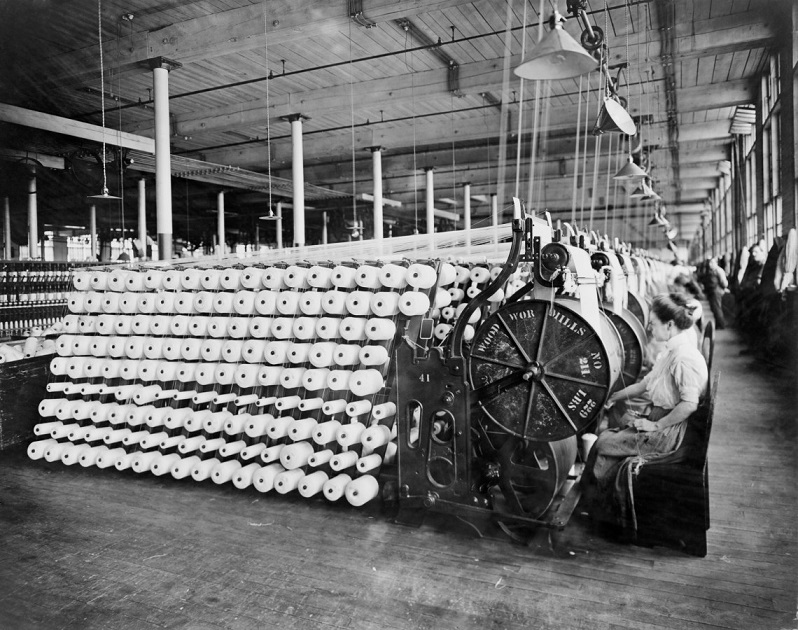
We have already mentioned some of the consequences of mass production earlier. For example, the democratization of clothes and, today we also see the threat to the environment. But let’s be more specific here.
With the beginning of the Industrial Revolution, the making of a piece of clothing began to be produced by technologies in different stages until it reached the final product. However, even so, this process ended up being faster compared to manual work.
This streamlining and automation made the number of manufactured items increase more and more. The clothes that small artisans previously woven for their respective fiefdoms began to be produced by factories and then marketed. Thus reaching an even greater part of the population of the time.
It is important to highlight that the manufactured parts were cheaper and standardized, there were many of the same. While those that were handcrafted ended up becoming unique and personalized. Consequently becoming a little more expensive – like the Haute Couture pieces we mentioned above.
3. The Emergence of Feminist Groups During the Industrial Revolution
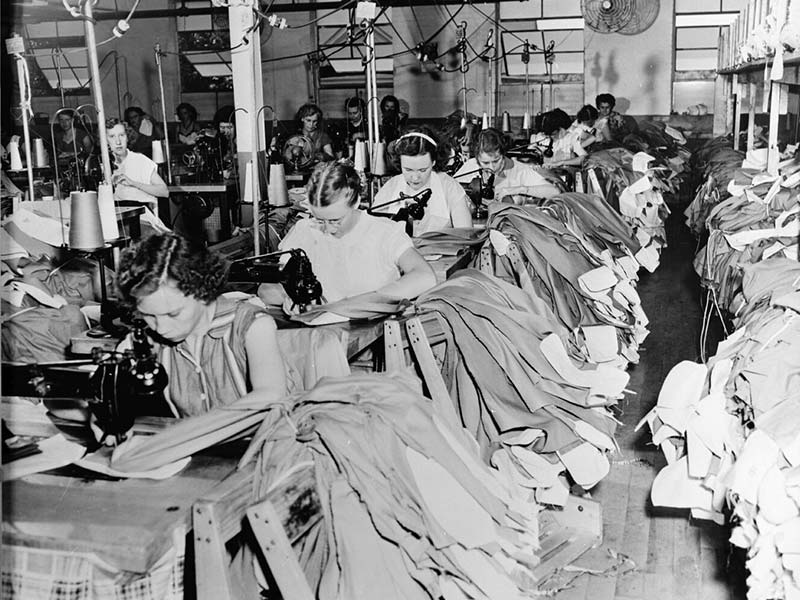
During this period there was already the exploitation of women and children in the labor market – as we see today in Bangladesh and several other fast fashion production sites.
At the time, this occurred mainly in the handling of loom machines, due to the physiognomy of small hands, making it easier to reach “difficult to access” parts of the equipment. Women ended up submitting to these situations because they were looking for better financial and living conditions.
However, at a certain point, they became frustrated with this injustice and to others, such as long working hours and low wages compared to men. So, they started protests in favor of feminist rights.
Tech Fashion and Fashinnovation
Fashion has evolved dramatically over the years, especially with the rise of digital platforms and social media. Trends now emerge and spread at lightning speed, driven by influencers, fast fashion, and instant access to global styles. What once took months to develop on runways and filter down to the public can now happen in a matter of days.
Consumers are more connected than ever, leading to an increased demand for newness and immediacy. As a result, the fashion cycle has become faster, and staying ahead of trends requires innovation, creativity, and adaptability.
Fashinnovation, through its Worldwide Talks, has become a pivotal force in bridging the gap between fashion, technology, and sustainability. By hosting global discussions with leaders from diverse sectors, the platform fosters collaboration and drives awareness of key issues like ethical fashion, digital transformation, and climate impact.
The Worldwide Talks bring together visionaries, entrepreneurs, and changemakers, creating a space where ideas are exchanged and solutions are found for the industry’s most pressing challenges. This initiative not only informs but also inspires action towards a more innovative and sustainable future for fashion.

Check out our latest article about fashion trends that changed the fashion industry!
